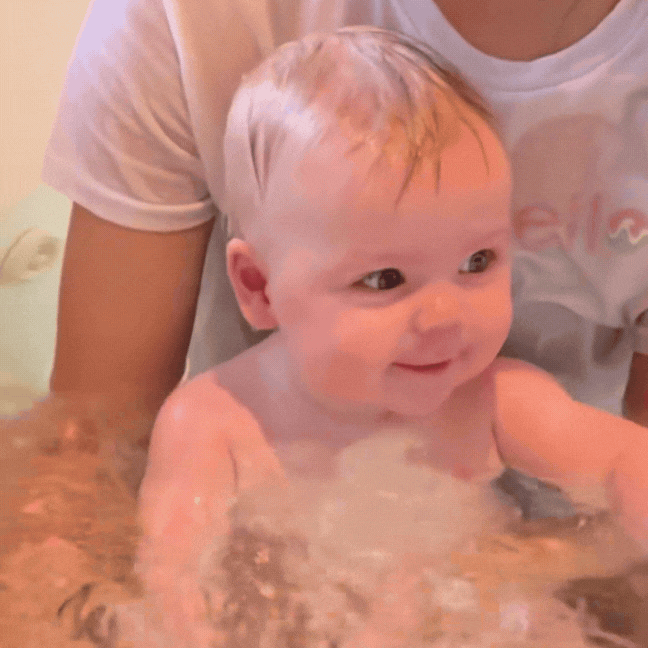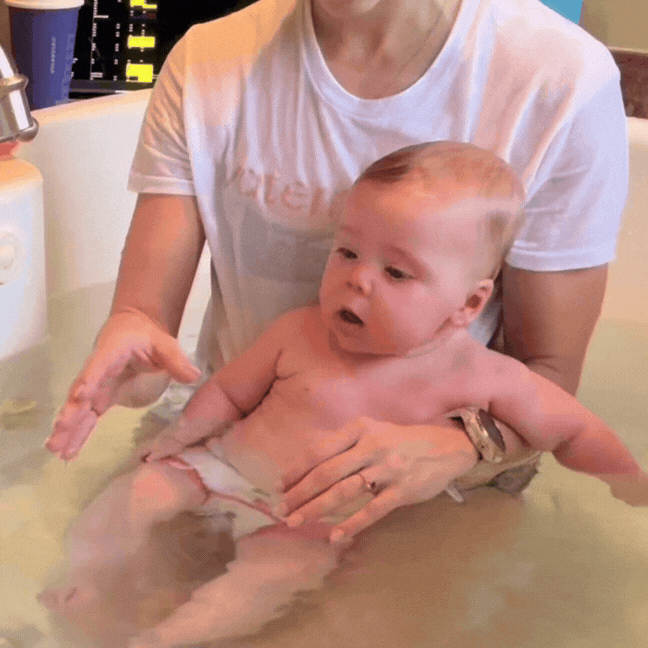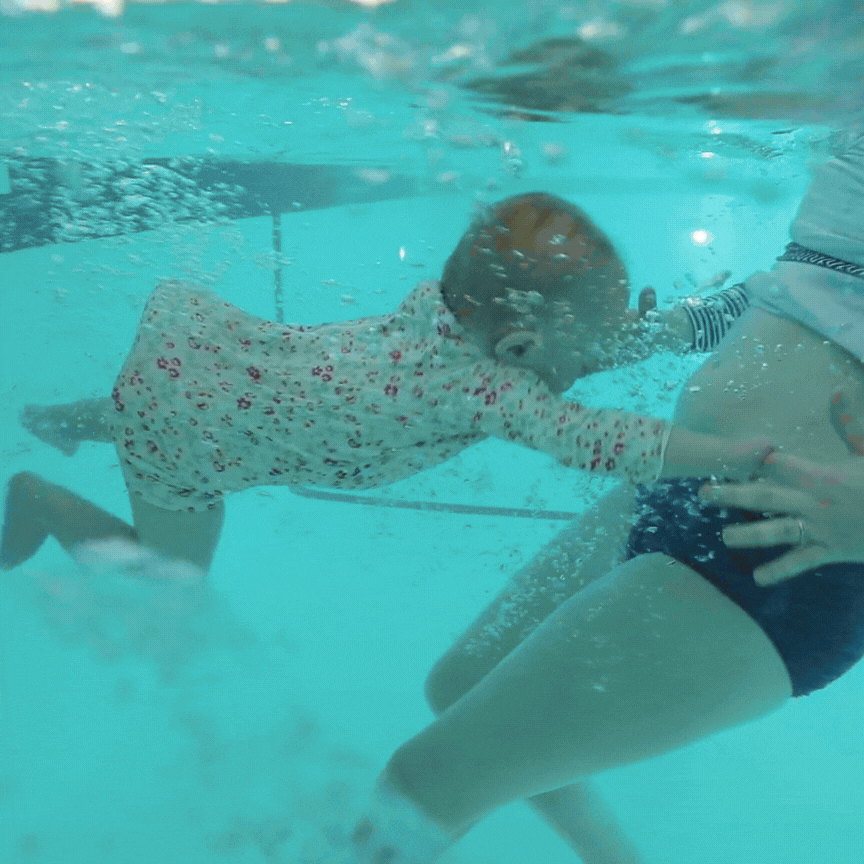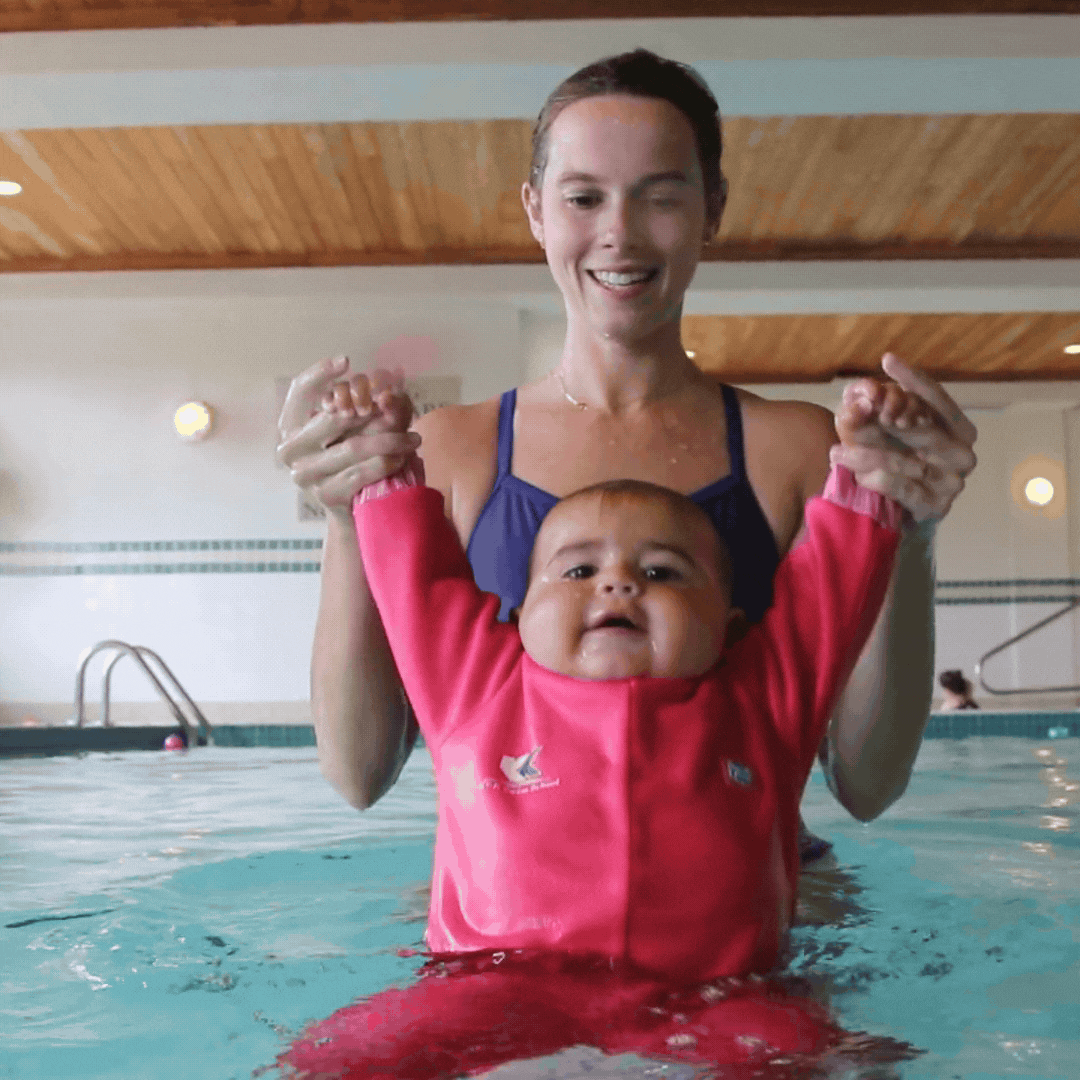The Role of Natural Reflexes in Infant Swimming
Understanding the Natural Reflexes That Help Babies Adjust to Water
Have you ever noticed how newborns instinctively move their arms and legs in water or how some babies naturally hold their breath when submerged? These aren’t just random movements—infants are born with built-in reflexes that help them interact with water.
To teach babies to swim, we embrace these natural instincts to gently introduce them to swimming in a way that nurtures confidence and comfort. In this blog post, we’ll explore some of the key reflexes that make early water experiences possible and how you can work with them to support your baby’s swim journey.
What Are Infant Swimming Reflexes?
Newborns are born with several primitive reflexes—automatic movements controlled by the brainstem that help them survive and develop. Some of these reflexes are particularly useful in water, making babies naturally adaptable to aquatic environments from birth.
These reflexes don’t last forever; most begin to fade within the first year of life. However, by working with them in a gentle and nurturing way, parents can help their baby transition from reflexive responses to learned swimming skills.
Key Reflexes That Support Infant Swimming
1. The Diving Reflex (Bradycardic Response)
The Bradycardic Response, commonly called the Diving Reflex, is one of the most well-known and fascinating reflexes in babies! When an infant’s face is submerged in cool water, their body instinctively reacts by:
Holding their breath to prevent water from entering the lungs.
Slowing their heart rate to conserve oxygen.
Redirecting blood flow to essential organs like the heart and brain.
This reflex mimics how marine mammals like dolphins and seals conserve oxygen underwater. It’s strongest in newborns and gradually fades by around six months of age.
💡 How to Support This Reflex: You can gently introduce your baby to breath control by using small splashes of water on their face during bath time and gradually increasing their comfort level. Our instructors are experienced in using this reflex to their advantage within their lessons.
2. The Swimming Reflex
When placed in water, newborns instinctively make paddling and kicking motions. While they aren’t strong enough to swim independently, this reflex shows that babies have a natural connection to movement in water.
💡 How to Support This Reflex: Try holding your baby in a floating position in the bathtub and letting them naturally kick and move their arms. Verbally and physically encouraging this movement builds muscle memory and comfort in water.
3. The Gag Reflex
Babies have a heightened gag reflex compared to adults. If water enters their mouth, the reflex automatically closes off their airway, preventing choking. This protective response is one reason why some babies often sneeze when in and around water! It shows that this reflex is working well.
💡 How to Support This Reflex: While this reflex is protective, it’s important to gently introduce water play to help babies learn to manage water in their mouth. Allowing controlled sips during bath time can help transition from reflexive to intentional breath control. Our instructors can guide you through teaching your baby the difference between choking and getting water in their mouth!
4. The Startle Reflex (Moro Reflex)
If a baby feels a sudden loss of support or hears a loud noise, they might throw their arms out and take a sharp breath. This reflex can sometimes make babies uneasy in the water, especially if they feel unsteady.
💡 How to Support This Reflex: Ensure your baby always feels secure in the water by using a slow, gentle approach. Holding them close and speaking calmly can reduce their startle response and build confidence.
5. The Grasp Reflex
You’ve probably noticed that when something touches a baby’s palm, they instinctively grasp it, this is called the Grasp Reflex. This can be seen in water when babies cling to a caregiver or grab onto toys.
💡 How to Support This Reflex: Offer floating toys or encourage your baby to hold onto your fingers while they float in the bath. This helps them associate water with security and playfulness.
Turning Reflexes Into Swim Skills
While these reflexes are temporary, they create a natural foundation for swimming. As babies grow, they begin to replace reflexive movements with intentional actions—learning to hold their breath on cue, kick with purpose, and enjoy floating.
We use gentle, baby-led approaches to build on these natural abilities, ensuring that babies feel safe, confident, and happy in the water.
Babies are born with incredible instincts that make early water experiences possible. By understanding and working with these reflexes, you can help your little one develop a positive, lifelong relationship with the water.
If you’re curious about how to gently introduce your baby to swimming, join our online lessons for expert guidance on turning reflexive water movements into confident swim skills!













